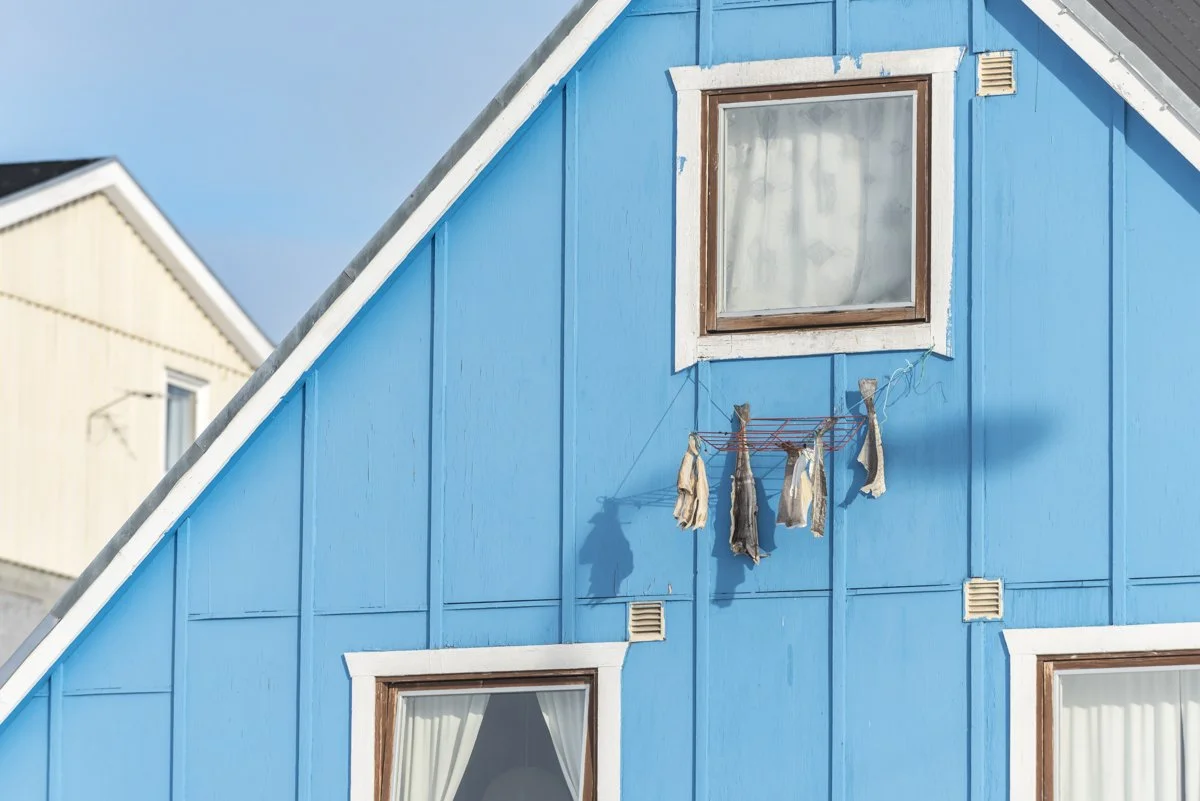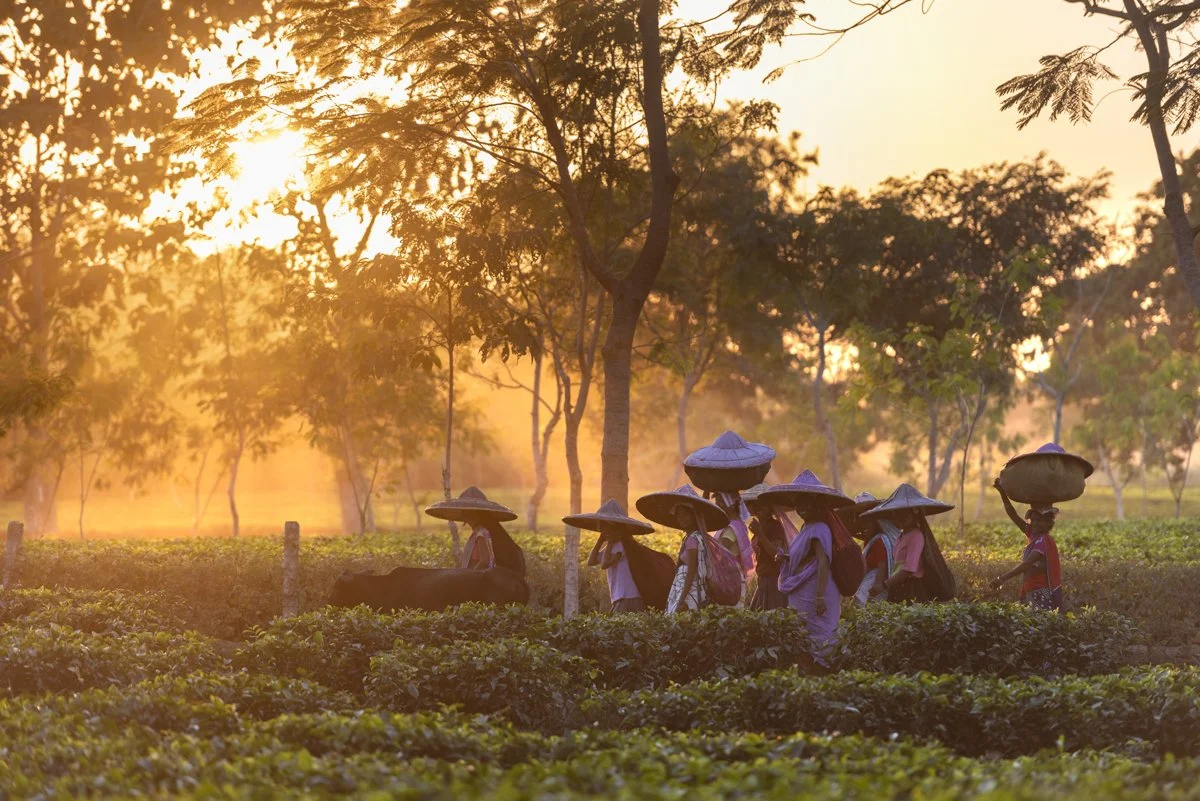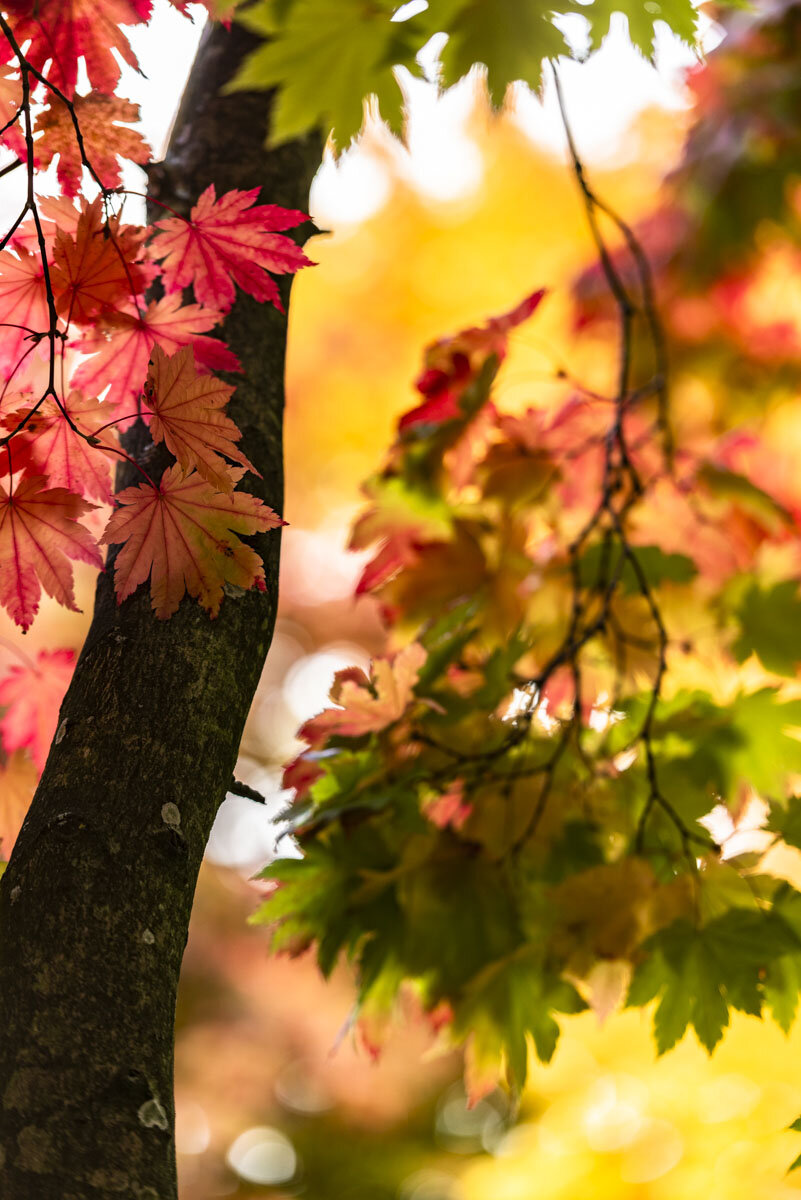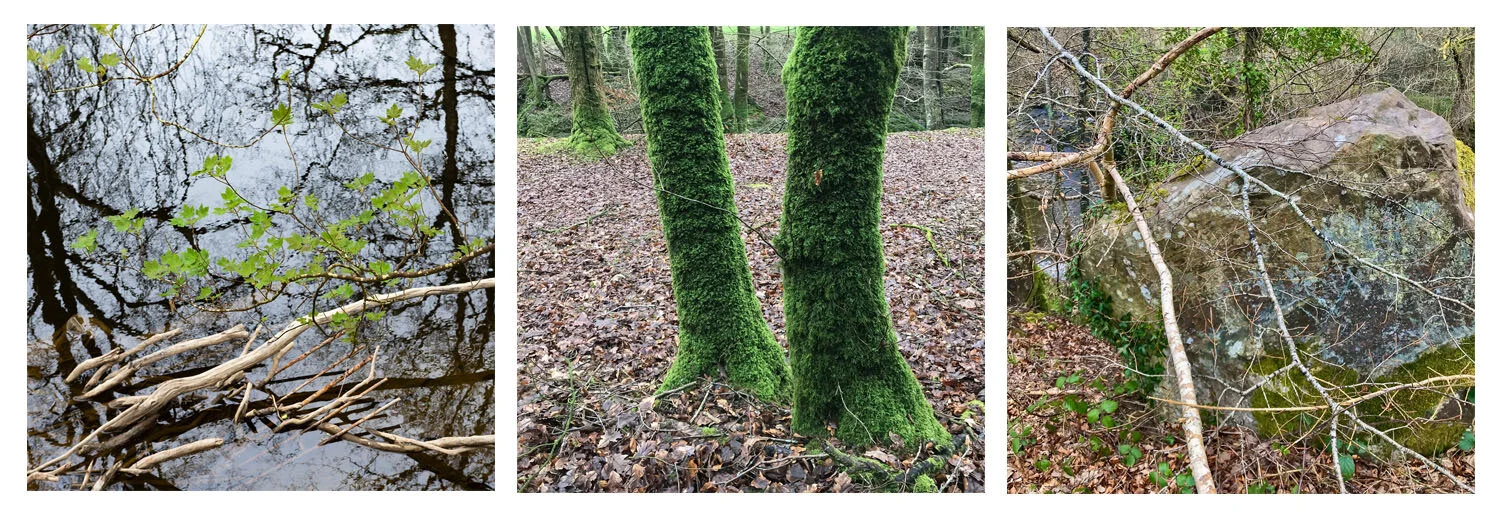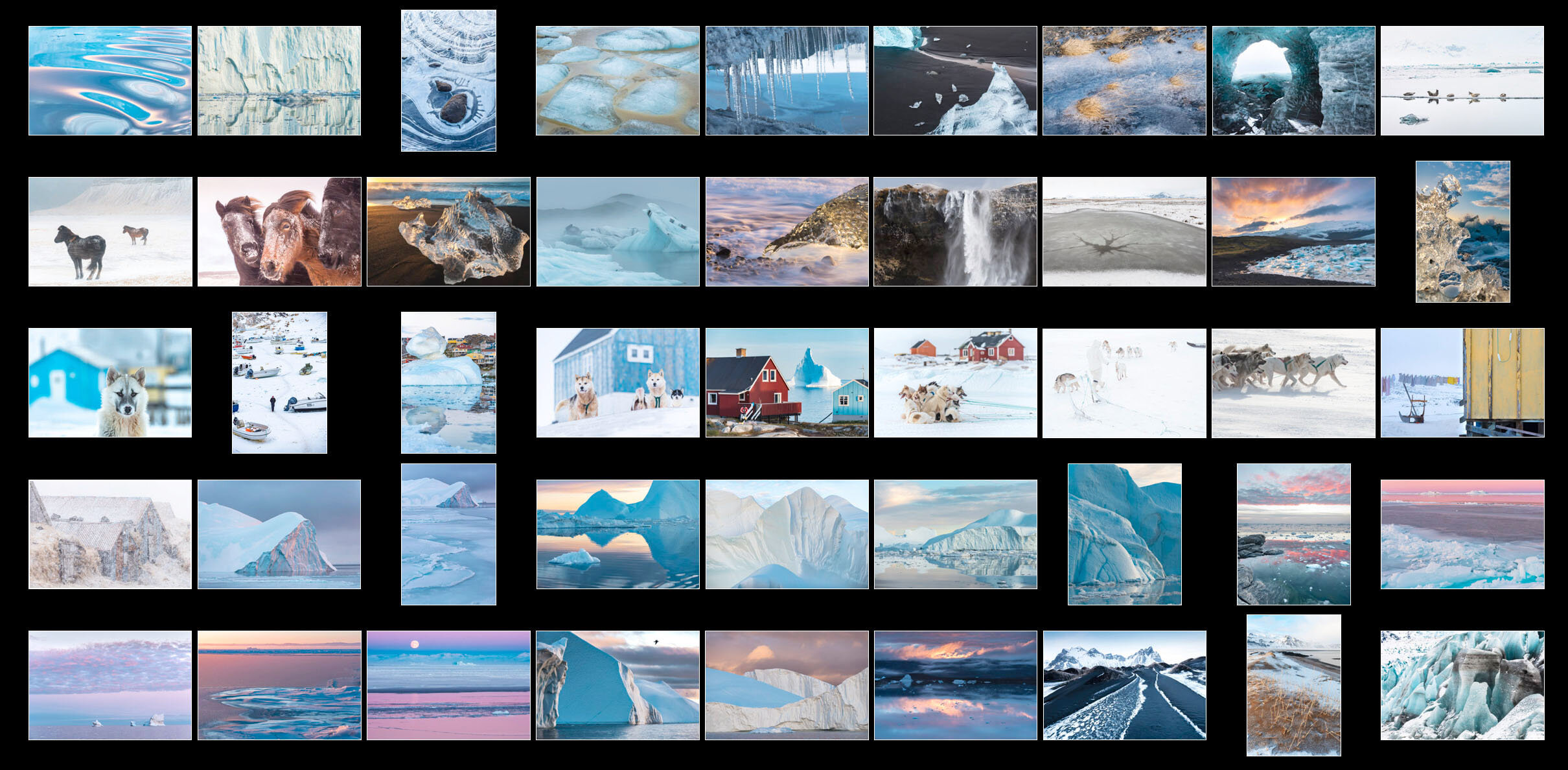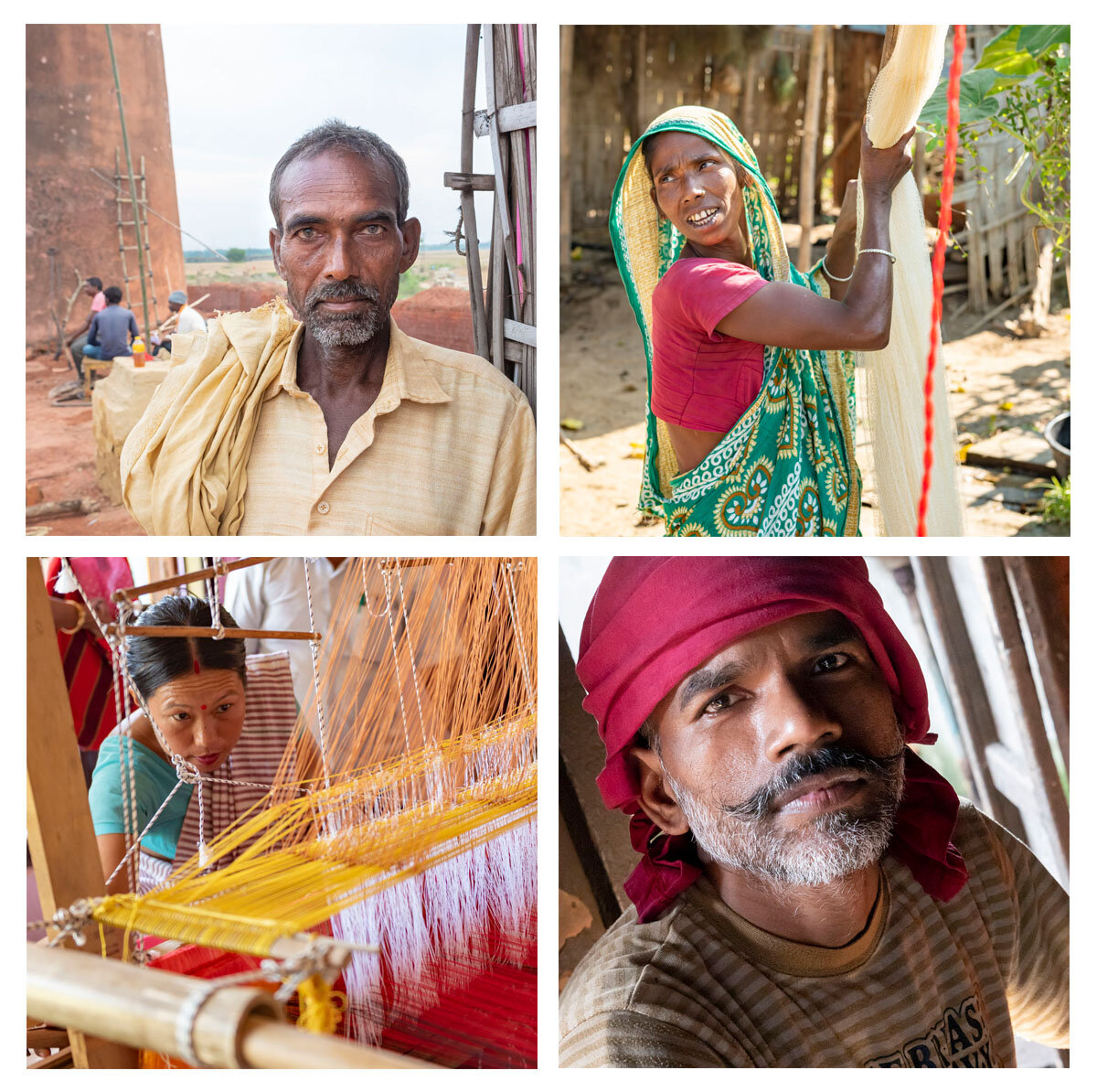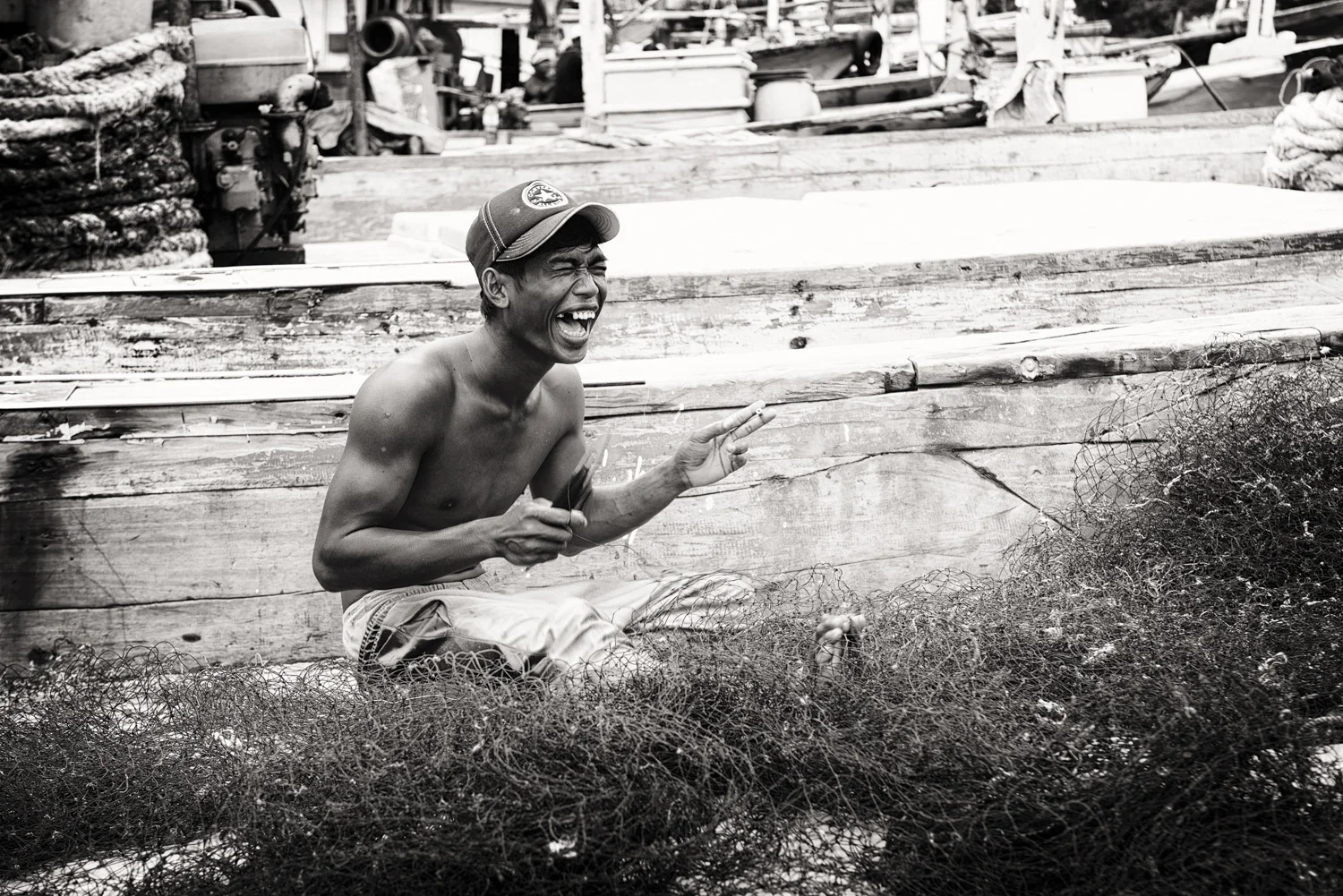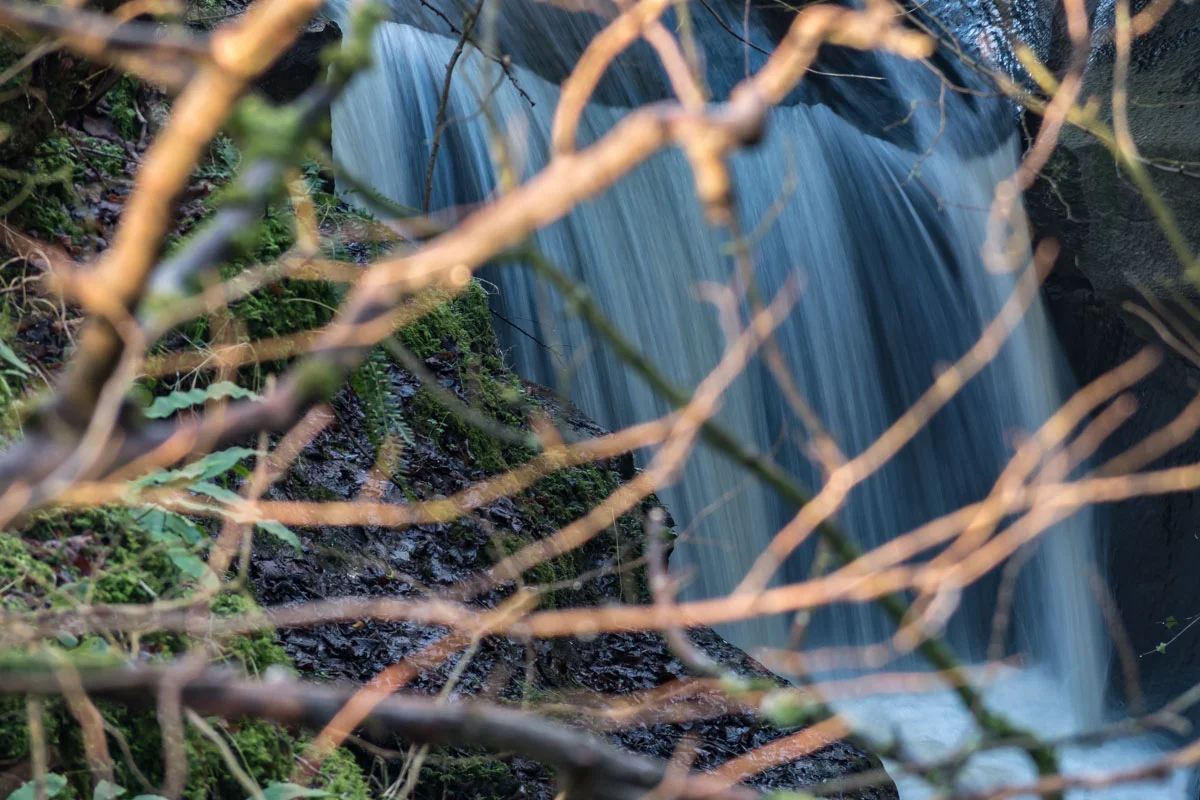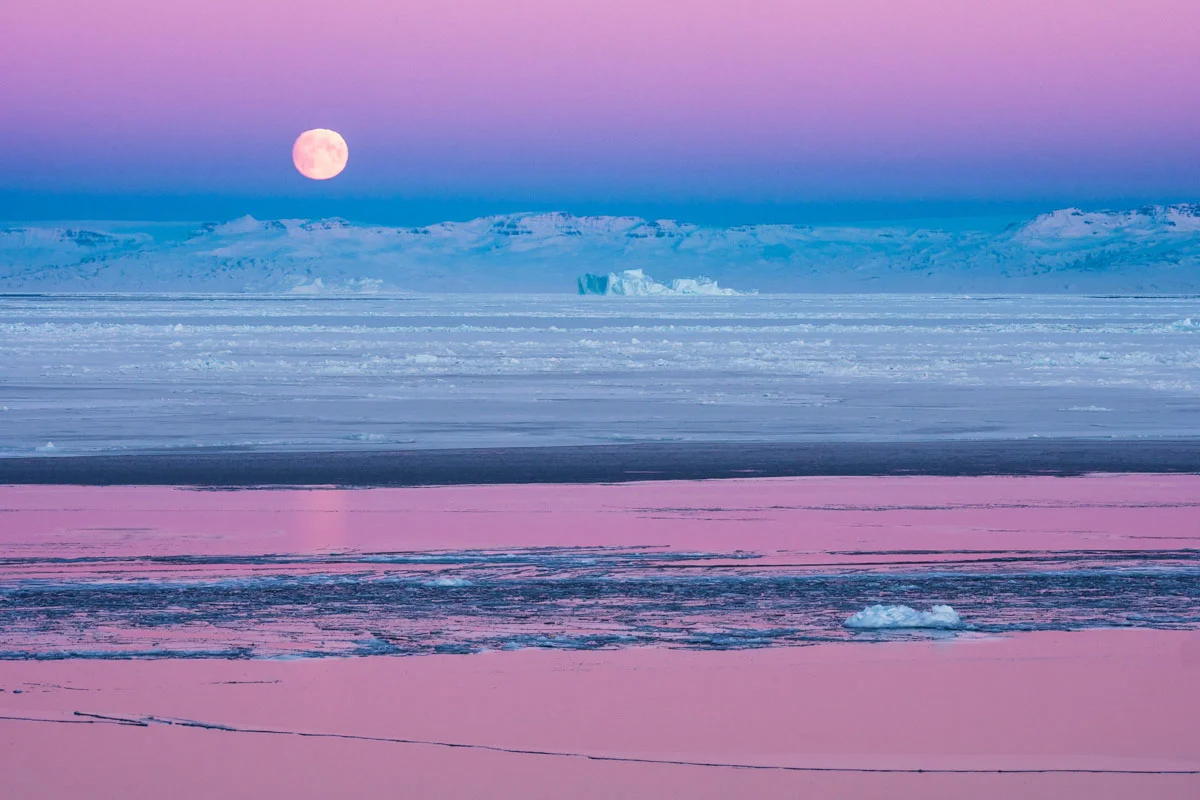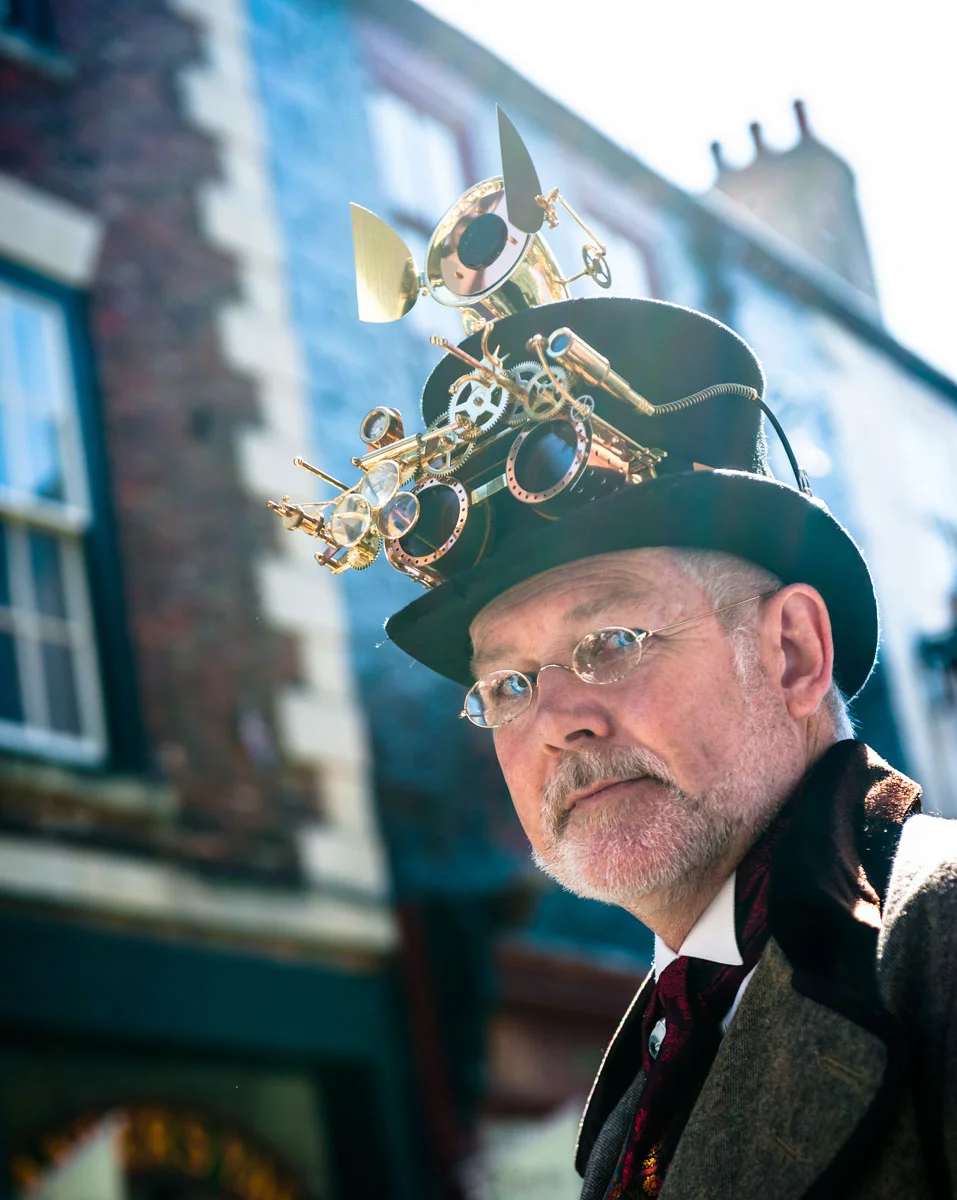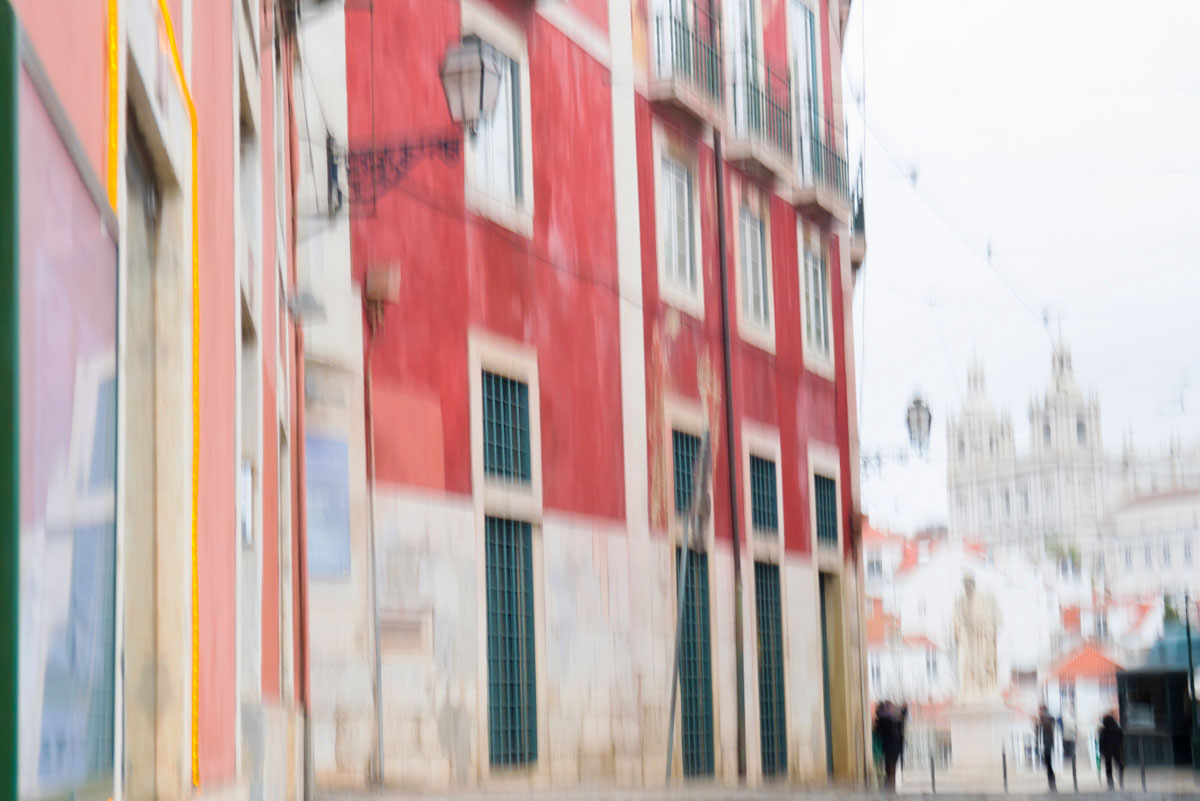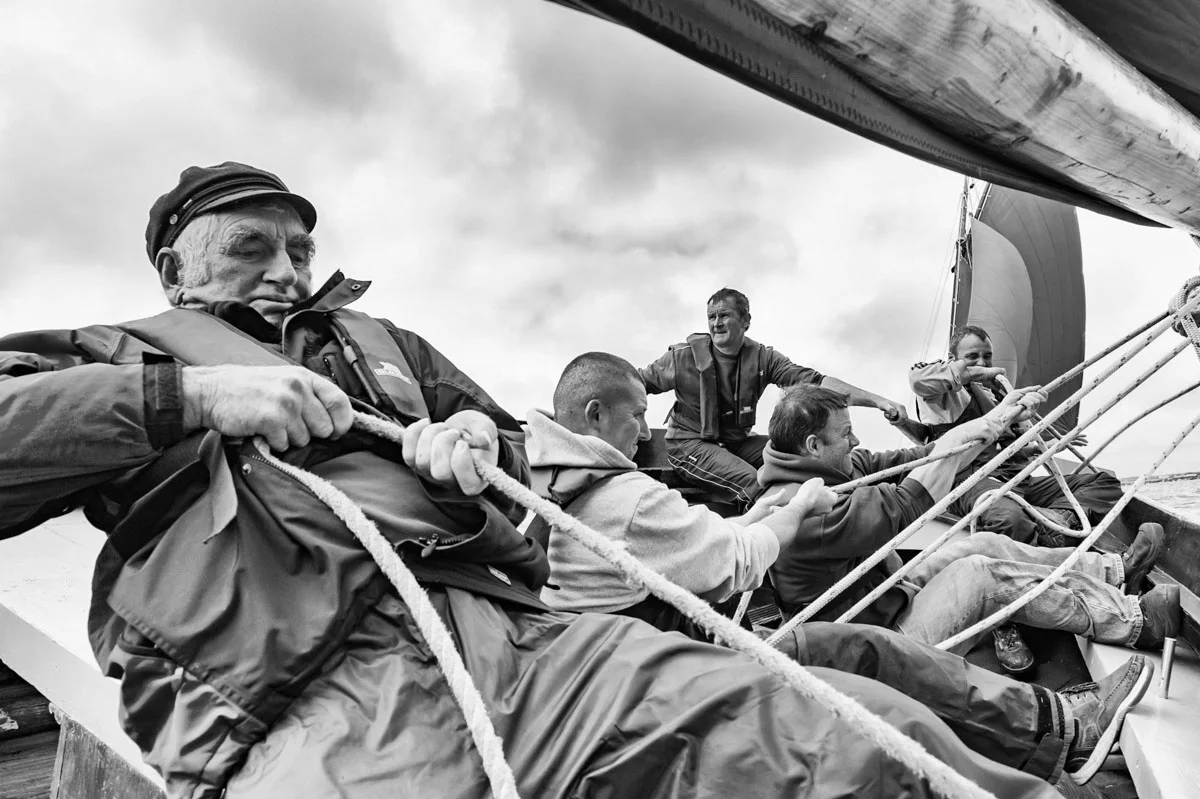Behind the Image
Returning from a trip, assignment or project I am often asked about the story behind some of my images. Sometimes the story is fleeting as the images come and go in an instant. At other times there is a gradual build up to the story that perhaps has been in my mind for a while or added to a brief. Here is an ongoing selection of images which I have tried to put into words, either to do with the technical aspects or how I researched, found and recorded the image.
Nourish
August 2023
As summer dwindles and autumn approaches, I am mindful yet again that I have already missed my self imposed deadlines for producing 4th Calendar. I am not sure what got me into thinking about calendars a few years ago but my partner was lamenting the quality of calendars she founded ones which she could write on. I was also looking at ways I could display more of my work other than online social media. The standard seasonal format of calendars didn’t really appeal to me so I started to make a list of thematic subjects and having just moved house to Wales after 20 years in the Yorkshire Dales, it seemed appropriate to make the first one about ‘Home’. This was followed by ‘The Water’s Edge’ and this year has been on the subject of ‘Faith’. Each year during the search for images has brought up other themes and one of the strongest contenders had to be about sustenance. So 2024’s calendar will be called ‘Nourish’, and two images which immediate spring to mind were the two. The hanging fish were … frozen given the winter temperatures in Greenland of -28 degrees. The setting sun in Assam created a mystical atmosphere surrounding tea estate workers on their way home.
Click HERE to see the Calendar - Orders beginning in late September
Image (left) : Drying fish, Ilulissat, West Greenland Nikon D750 70-200mm f5 1/640 sec ISO 100
Image (right) : Tea Plantation, Assam, India Nikon D750 70-200mm f3.5 1/400 sec ISO 160
Outdoor Photography Magazine Interview
May 2021
21 years ago I was approached by the new editor and founder of Outdoor Photography Magazine, Keith Wilson. He was looking for columnists for the magazine and had heard through a fellow journalist, Nick Smith that I might be a candidate. I had written feature articles for Nick who at the time was the editor of Geographical magazine but the column writer is a different animal altogether - more based on opinion rather than facts and figures. But what the hell, I thought I would give it a go. It took me about 2 weeks to write that first column and a lot of agonising. My only brief was to fill two pages, up to 1000 words and relate whatever theme to photography and travel. Some of the external advice I received at the time as to subject matter which would get reaction included, oddly, the abuse of British Wildlife which was highly unlikely to come up with what I had in mind anyway. Many columns have passed since then and I have thoroughly enjoyed the process of investigating such themes as Primary colours, The innocence of youth, Industrial Songlines and Latin Spirit. In pursuit of a column on Cultural Identity, I came across a wonderful crossover entitled the ‘Gung Haggis Fat Choy organization’ promoting Asian, Scottish & Canadian heritage.
I have had the pleasure of keeping in touch with both Keith and Nick who have gone on to other work of their own and on two occasions in the last 10 years, Nick has interviewed me directly for Outdoor Photography magazine. The most recent one is in the May issue (267) and does a sweeping overview of my photographic life which brings up mixed feelings of what I feel I might have achieved but nonetheless it was nice having been given the space for some of my favourite images and nuggets of opinions about the photographic world.
Click HERE to see the interview in full
Image : Cappadocia, Turkey Nikon D700 70-200mm f4.5 1/400 sec ISO 200
Earth Day
April 2021
I have vivid memories of the rainforest in Brunei … the heat, the humidity, at times a sense of claustrophobia but above all, the clarity of sounds as the ground cover and canopy springs to life and the feeling that I am surrounded by more animals and insects than I could possibly count. This trip was a residency for the Royal Geographical Society and one of the earliest expeditions I made as a freelance photographer. Not having been to a rainforest before, it was a revelation and a wake up call for me and whenever Earth Day comes around, I think back on that expedition and am grateful of the opportunity I had to be a part of the research and working closely with scientists dedicated to showing us the wonders of life on the planet and coming up with ways to discover and preserve. Working with film cameras in those early days, it always amused me to find a tiny insect which had found its way into the prism head of the camera and would be walking aimlessly through the viewfinder every morning presumably trying to find a way out … which they usually did. Fortunately, I was shooting several films per day so I rarely had the problem of film getting stuck in the rewind process because the film itself had swelled up due to the humidity.
More recently, I have made several visits to Greenland which has its own mesmeric landscapes and extremes of weather and climate which have proved both physically and photographically challenging. The breadth of the tundra and its relationship to the increasing number of giant icebergs floating along the coast lend themselves easily to dramatic panoramas but more often than not I would be concentrating on the raw textural detail which made up the landscapes such as this autumnal image on the left from Disko Island.
I have always found it a bit strange that we give over one day a year to celebrate such things as Earth Day. And although many people are working hard on a daily basis to highlight its natural worlds, it’s probably a good thing to have these celebration days as a reminder to those who either don’t know much about it or don’t have the time or means to get involved on a deeper level. What both locations have in common is the worrying indicators of climate change which we appear to be neglecting at our peril. As a photographer, I like to think that part of what I document might well give weight to what we have and can value and that is always very satisfying.
Left: Nikon D810 Nikkor 70-200mm lens f5.6 1/500 sec ISO 125
Right: Nikon FM2 Nikkor 24mm lens Exposure Unrecorded
Snow in the Berwyns
February 2021
From the top of Alt y Main above the village of Meifod we can see the Berwyn mountains. And beyond that on a crystal clear day, even the ridges of Snowdon. So when the snow fell heavy and the skies cleared, we made the short drive within Covid restricted range into the Tanat Valley. From the pub in Llangynog it’s a level walk along the slope of Craig Rhiwarth across Nant Sebon and a steep dazzling white climb up the side of Cwn Glen-hafon. Our dog, Bonzo is a sucker for snow and literally goes crazy at the sight of it so he was literally in his element.
The Berwyn range is no push over despite being dwarfed by Cader Idris and Snowdon. It played its part in causing King Henry II of England to turn back during his invasion of Gwynedd in 1165. Rather than taking the usual route along the northern coastal plain, his army invaded from Oswestry and took a route over the Berwyns. The English invasion faced an alliance of Welsh princes led by King Owain Gwynedd, but there was little fighting – endless days of heavy rain forced the English to retreat. My concern on this day was mild in comparison - the weight of my full camera kit which I had loaded up into a new Ajna f-Stop gear camera bag. The bag itself has turned out to be extremely comfortable and practical but it had already got me rethinking the move to the mirrorless world and have since been testing Nikon’s new Z6 II and Z7 II.
Returning to the valley floor through a grove of yew trees, what remained of the snow collected in the shadowed part of the rutted track. Its one of my endless fascinations - the patterns of nature combined with human presence.
Stuck in Zoom
December 2020
One of the many aspects of this forced incarceration we are living through I am sure loads of you will be familiar with, is the often unnerving forms of introspection and reflection. Time has definitely been on our hands in more ways than we would wish for. Routine has strangely been harder to achieve but I am beginning to get the hang of it ! Being unable to get out and photograph, I have had plenty of time to catch up on piles of editing which has revealed long lost images and ones I had been completely unaware of. Having missed out as well on a number of presentations to camera clubs and societies, I took up the challenge of the ever so slightly impersonal Zoom presentation format. This also meant revising both subject matter and presentation style and in many ways, forced me to get straight to the point of stories. These invariably focused on people, how I react to them and how they respond to me and their wider environment.
I start the presentation now with three images of these often brief encounters - ones that have made me stop and think of their importance to me as a photographer and how directly they have affected the story I am trying to tell. And I have started to change at least one of these three images each time I do the presentation. On the left is one shot in 2001 in the aftermath of the massive earthquake in Gujarat, India while on assignment for a disaster charity. This woman seems oblivious to her plight and carried on with her embroidery amid the devastation hoping that her home and village will eventually be rebuilt. On the right is an image shot in 2011 of a community gardening project on the roof of a small supermarket in North London. An entire greenhouse was built out of recycled plastic bottles and I was pleased with the effect of the anonymous gardener being overwhelmed by the wall of man’s waste he is building giving them a new lease of life.
Left: Nikon FM2 Nikkor 20mm lens Exposure Unrecorded Right: Nikon D3 Nikkor 24-70mm lens f11 1/100 sec ISO 200
Powis Castle Autumn Glory
October 2020
This brief respite from the virus lockdown in late summer and early autumn however welcomed has been playing dirty tricks with our minds and now here in Wales we head into this so called firebreak with little confidence that such a short space of time back in lockdown will do any good but I head back into my home enclosure angry but resigned. So this crash of colour has been all the more uplifting and while this photography wasn’t commissioned, it was an opportunity to visit what is now my closest National Trust property having made the house move from Yorkshire to Mid Wales. I’ve photographed here a number of times before but never in the autumn but was not surprised to see such saturation of colour in both the maintained and wild gardens.
My trusty 70-200 Nikkor was put to work with great effect separating the candescent autumn leaves from their backgrounds and drove richness into the afternoon backlight. After 20 years shooting for the National Trust, this is the longest period of time I have been away from covering their stories and landscapes across the UK. It will return but the remit of what’s needed in terms of imagery might well change after several months of reflection and lost revenue.
Nikon D810 Nikkor 70-200mm lens ISO 125
The Outer Limits
August 2020
It’s been 30 years and one month since I returned from Mongolia. Two years prior to this life changing expedition, I had embarked on an intensive study of documentary photography in South Wales breaking down the elements of visual story telling. Part of my final thesis was to photograph a number of British Explorers, one of whom was Tim Severin. He was generous enough to offer me the commission of spending 3 months in Mongolia following in the hoof prints of Genghis Khan as he expanded his ruthless 12th century empire. Despite 300 years of Chinese rule and 90 years of Russian Communism, Mongolia emerged in 1990 with its ancient identity intact.
During our first two weeks we ventured to the north of the country to climb the sacred mountain of Burkhan Khaldun, known to be the location of Genghis Khan’s tomb. There was a palable excitement amongst the arats (horse herders), especially the younger generation looking to expand their horizons. Before the final climb to the summit, we stopped on the forested slopes where animistic rituals were performed which were thought to have been long since dispensed with. Here were the remnants of deepest Mongolia about to be brought into a new world order. Over the course of this expedition, I shot 375 rolls of Fuji Velvia film, nervously brought back through Russian customs. It was the start of many future expeditions and documentary projects forming the backbone of my freelance photography career.
Nikon FM2 Nikkor 125mm lens exposure unrecorded
Out of Hibernation
July 2020
Rhythms of life - the pulse of routine and spontaneity, have always held a fascination for me. What we do with this time on the planet justifies our very existence. Photography has led me down many extraordinary paths revealing these rhythms which might otherwise have been closed. In 1994, I visited the state of Yucatan in Southern Mexico primarily to photograph the ancient Mayan ruins. Impressive though they are, I was consistently side tracked into the lives of the people. I met Carmen (top left) in the side streets of Merida making Tacos for local restaurants and shops. Despite my mangled Spanish, she understood and agreed to let me return in the morning to photograph her at work. At the end of the first early morning session, she came out the front door with this huge pile of tacos at the moment her son came out to say goodbye on his way to play with friends. This image of family and work has stayed with me for many years and is one I often use to illustrate ‘the decisive moment’ or the importance of relationships.
As we come out of lockdown - some more tentatively than others - like many, I yearn for that return of human touch, forming friendships and bonds, and collaborating on projects. While it is easy to listen to music online (does anyone still have CD’s or albums? .. I do !) there is nothing to beat the effervescence of live music; Musicians have suffered badly over the past few months. A few years ago, I was commissioned by Northumberland Tourism to document the growing number of music festivals in the county. So for the best part of a year, I would be dropping in on Morpeth, Corbridge, Rothbury, Seahouses and Hexham to photograph musicians in bars, clubs, churches and outdoors spaces filling the air with the sounds of their culture. For so many musicians, having that lifeblood of a physical audience is essential to their creativity. Being part of these experiences is something I never tire of.
Left: Nikon F4 Nikkor 60mm lens exposure unrecorded Right: Nikon D750 Nikkor 70-200mm lens 1/250 sec f4, ISO 200
Dark Waters and Giants
May 2020
While I am not especially enamoured by the idea of hibernation, I have no problem with spending several days in my own company. So the enforced nature we now find ourselves in, is somewhat perplexing. The lack of contact with people has been hard for so many of us, but I have been using this time to build myself a new office space, dig deep in the newly acquired raised beds and venture out on new trails on a daily basis with the camera, Bonzo the dog and an open mind to this unfamiliar terrain. The River Vyrnwy runs right through the village and so it seems natural to follow its course as far as restrictions allow - and a bit more for sanity’s sake! With the unprecedented winter rains generally subsided, a thick bed of leaves, tangled woodland and moss covers the landscape. Leaving Bonzo to explorations of his own, I found myself breathing in this rich dampness and stillness and started to imagine the border clashes between marauding soldiers of King Henry IV and followers of Owain Glyndŵr’, Prince of Wales and medieval Welsh nationalist leader.
Often when I walk through a landscape, I am not always thinking beyond the purely visual, but landscape has deep memories and I am increasingly attempting to literally tap into its roots, the geology and the human history. The 5 mile limit imposed on us here in Wales has undoubtedly been extremely frustrating, but perhaps this has been a good time, if at all, to explore this new landscape as I am sure, whatever normality we return to, it won’t be the same as before and I am unlikely to have these long periods of time to reflect and explore on my doorstep. So I will follow in Glyndŵr’s footsteps when ever possible and try to infuse my images with some of his energy and spirit.
left: River Vyrnwy middle: Glyndŵr’s Way right: Dolanog (all images shot on iPhone)
The Roost
April 2020
The prospect of moving house was not one I was looking forward to having spent the last 20 years in one place …. the Yorkshire Dales. I’ve been dreaming of dry stone walls, the clints and grykes of its limestone platforms and the memory of getting blown over several times during the gusting winds that drove the ‘beast from the east’. It was hard to leave. But I have carried the ‘down to earth’ culture and Yorkshire grit with me into the heart of Wales, a part of the country I know little about and am excited to discover. Hedgerows and rivers have replaced the stone walls and I am eager to dive into both.
Over many years, I have been generously invited into the homes of those I set out to photograph. This makes it intensely frustrating given the currently lockdown we are experiencing. Photography remains one of the great passports to the personal and the intimate. Coronavirus has not stopped this and it is heartening to see the ways many are dealing with this global claustrophobia. There are those who simply don’t have a home or have been forced from their home and this will be an even more dangerous time for them, so I feel very fortunate to have one.
left: Goreme, Cappadocia middle: Appletreewick, Yorkshire Dales right: Ulan Bator, Mongolia
(see this link to my gallery on Living Space)
The Winter’s Edge
February 2020
As the prospect of a greater lockdown approaches, I’m beginning to make a checklist of long overdue image editing. First up is preparing images for an exhibition I have recently been invited to collaborate on. I regularly keep in touch with artists whose work interests me or who I have worked with. Rachel Antill is both of those. Based in Gunnerside in the Yorkshire Dales, she reaches far and wide to instil her abstract landscapes with depth and imagination. She is currently working with the Two Dales Bakery in Reeth to develop an exhibition on the theme of ‘Frostings’. So I have worked my way through 7 years of images from Greenland and Iceland picking out some potential suspects and will then start to edit further into small groups of images.
The plan is to develop a series of Diptychs and Triptychs to display alongside paintings, ceramics and other media. The original exhibition was scheduled for an Easter opening but given the current circumstances, we are now looking at the autumn. I’ll keep you posted
See a gallery of images from my last exhibition entitled, ‘Mother, Sister, Daughter’
Faces of North East India
December 2019
“as an artist, as a portrait photographer, my job is to tell the truth and to capture someone's spirit on a certain day. And it's never the whole truth; it's the truth I experience in a very intense and intimate fashion”. This is a quote from British portrait photographer, Platon. For me it sums up so much about capturing the essence of a person regardless of their circumstance. Ideally, a successful portrait will say something about that person but it doesn’t need to be kind or generous or pleasing … its just needs to be honest.
These portraits were shot during a photo trip I was leading for Wild Photography Holidays in North East india, a part of India which remains one of the least visited and most interesting regions of the sub continent. Much of the indigenous population retain their unique identity and innate hospitality, characteristics which are sadly disappearing in many part of the world. Having a connection to a country through its people is one of the key elements of my photography.
Top left: Brickworks, Jorhat, Assam
Top right: Kaziranga, Assam
Bottom left: Womens Weaver Co-operative, Mishing, Assam
Bottom right: Metal worker, Jorhat
Snowdonia, South End
October 2019
The rain is persistent … but that’s what you get used to if you spend any time in Wales on either side of its glorious mountains and rivers. Work with it, and all manner of visual stories can come to the surface. The Mawddach Estuary, south of Barmouth was a new location to me having spent many years climbing and walking on and around Mount Snowdon and its satellites. For some reason, I had not ventured much south beyond the slate quarries in Blaenau Ffestiniog. The estuary of the Mawddach was once a great centre for ship building in the 18th century and is now part of the Sustrans Cross-Wales Cycling Route.
From the wooded hills on the north side, there is a great view looking due east into its heart and at mid to low tide the ribbon-like sands are exposed which, given some late afternoon sun would glow. But this day I was plagued by atlantic squalls. The landscape gave off an air of a tropical rainforest. The clouds were nevertheless worthy of a time lapse as they sped diagonally across the receding tide. As the last of the sand banks emerged from their alluvial roots, they formed extraordinary patterns like giant capillaries taking blood to the extremities on a cold winter’s day.
Top: Nikon D810 Nikkor 24-70mm lens 1/30 sec f11, ISO f64 Main: Nikon D810 Nikkor 70-200mm lens 1/400 sec f6.3, ISO 250
National Trust Active
August 2019
Having access to the great outdoors has been an essential part of my own life so I have always been pro active in seeking out both personal projects and commissioned work which takes me there as much as possible. For the past 18 years, I have worked closely with the National Trust throughout the UK documenting people enjoying the properties and landscapes under their stewardship. In many ways, this photography flowed organically from newspaper and magazine work while I was based in London in 1990’s - Needing to be fast moving and quick thinking to capture the moment at hand. ‘Wild Child’ has been one of the National Trust’s most successful campaigns I have been involved with, followed by ‘50 things to do in the outdoors before you are 11 3/4’, and it has introduced many young people and families to what is on offer.
Building a rapport with the subjects is key to many of these shoots and while there is usually an art director on hand to guide the themes and stories, having a little space and time for the action to develop often results in the spontaneity and authenticity we are reaching for. Visually, it keeps me on my toes and continues to provide a perfect foil to photographing the grand landscapes and architectural gems for which the National Trust are commonly known for.
left: Nikon D810 Nikkor 17-35mm lens 1/250 sec f8, ISO 320
right: Nikon D810 Nikkor 24-70mm lens 1/250 sec f4.5, ISO 80
Kallin Harbour, North Uist, Outer Hebrides
April 2019
For many years I have been drawn to the water’s edge. Down by a river in spate, gazing across the flat calm of an inland lake or - probably best of all, walking the cliff tops and wild beaches of the coast. Our relationship with water ranges considerably from joy and immersion to dependency and fear. The north west coast of Scotland beckons me often but until this year I had not ventured beyond the mainland. 10 days in a camper van gave me the opportunity to finally linger through the Hebridean islands, stopping at random, changing direction at will and giving myself the time to absorb the spirit of these eclectic landscapes.
I found Kallin Harbour simply driving one of the small roads through the confused mass of shifting tidal sands, sea, lochs, islands and islets that occupies the area between North Uist and Benbecula. The harbour here was built in 1985. The boats from Kallin gather shellfish using creels, and flatfish using long lines. The area is also an important centre for fish farming. A sign of the importance of Kallin's fisheries are the vehicles you see here from southern Europe picking up produce for markets and restaurants in Spain or Italy. Triptychs are one of my favourite ways of telling a simple story but leaving the viewer to explore a bit more.
Nikon D810 Nikkor 24-70mm lens 1/125 sec f8, ISO 100
Probolinggi, East Java
January 2019
This month, I made my first foray into the world of cruise ships. Holland America were introducing both guest photographers and naturalists on board the Maasdam, one of their smaller ships - An invitation to present some of my photography and show some of my working methods to passengers on the ship. In between these presentations I took advantage of port visits to explore some of the Indonesian islands on the journey. One of my favourite places was the bustling port of Probolinggi in East Java. Apart from the traditional markets, there were scores of brightly coloured fishing boats in the elongated harbour.
Those in port were busy mending nets and preparing the boats for another trip out to sea. After a brief introduction and permission, I set about photographing the crew at work and this man was clearly amused by my delicate steps around the deck trying not to trip over ropes and nets which covered almost all of the available space. I originally shot the image in colour hoping to use its palette as a background but realised later that it was really all about the man himself and his ebullient character, so I converted it into high contrast black & white using Silver Efex Pro.
Nikon D750 Nikkor 24-70mm lens 1/125 sec f5.6, ISO 80
Storm waves, Vik, South Iceland
October 2018
The raw and dynamic landscapes of Iceland have never failed to amaze, astound and humble me. I have been travelling to this extraordinary country twice a year for the past 7 years leading small groups of photographers for Wild Photography Holidays. The beach directly in front of the village is dramatic at anytime of the year but in winter, storm driven surges create a maelstrom of crashing waves and winds to knock you and your tripod flat.
I often come here at dawn with my groups and this particular morning, the sun was lighting up the crest of waves and the coastal cliffs beyond. Braced against the wind on the large boulders which make up the breakwater, we waited for larger swells (its never the same number) and a suitable gust as the wave was beginning to break and made sure the exposure was low enough to retain detail in the background.
Nikon D810 70-200mm lens 1/500 sec f9, ISO 250
Art of Glass, Morecambe, UK
May 2018
In the run up to remembering and celebrating the end of the 1st World War, I was commissioned to photograph a series of exquisite stain glass panels from Bermuda Cathedral which were undergoing restoration. They were originally designed by Morris and Alice Meredith Williams. Looking at the panels in David Cross’s Art of Glass studio it was very difficult to see the detail when placed on the table or even with an angle poise light positioned behind the glass, so David took one of the very heavy panels to the back door and raised it up to the bright daylight enabling both deep colour and design detail to shine through.
Nikon D750 24-70mm lens 1/80 sec f2.8, ISO 800
Upper Stean Gorge, Nidderdale, Yorkshire Dales, UK
January 2018
Many photographers have talked about the idea that some of their best images have been discovered within 15 mins walking distance of their back door. This image was a case in point. The Stean Beck runs off the shoulder of Riggs Moor cutting down through a limestone gorge running off the southern slopes of great Whernside.
In the 20 years since I have been living here, I have made countless forays along the riverbed as a lunchtime or evening antidote to the copious amounts of screen time which is now a major part of our lives. A week into the New Year, overnight temperatures dropped significantly and the prospect of snow was on the way. This waterfall is only visible in the winter when the surrounding woodland is devoid of leaves. Sunlight is late in reaching this part of the gorge and only shines on the tangle of branches for a short time.
Panasonic GH4 45-200mm lens 1/5 sec f11, ISO 200
Moonset, Oqaatsut, West Greenland
February 2017
There is something very special about the dark side of what photographers call the ‘Golden Hour’, the pre dawn and twilight revered and fleeting. For much of the 10 days I spent in Greenland on my first visit, temperatures hovered around minus 20. In this Inuit settlement an hour by boat up the coast from Ilulissat (3 hours by dogsled), the off shore wind had picked up and was whipping across granite slabs on the bluff which overlooks the village. This was not a supermoon, but the cold clarity of the air and rising colours gave it a glorified presence. A telephoto lens compressed the landscape and intensified the pinks and blues so much so, I would likely I have to tone down the saturation in post production.
Panasonic GH4 45-200mm lens - 1/15 sec f13, - ISO 200
Morning Prayers, Lamayuru Monastery, Ladakh, India
August 2016
The sound of Buddhist monks hit me long before I ever see them and is one of the reasons I have returned to this remote part of India time and again. Lamayuru is completely hidden as I approach the little town from the east along the Indus Valley and the guilded monastery festooned with prayer flags dwarfs the small groups of adobe buildings on the valley floor. Meditation is at the heart of daily life and I have never tired of bearing witness to these atmospheric everyday events. Many of these monasteries are now used to - and are welcoming to visitors. This particular morning, many more incense sticks and butter lamps are being lit in preparation for a visit by one of the Dalai Lama’s emissaries. Entering from the brightly lit courtyard, I am suddenly plunged into darkness so it takes a while to adjust my eyes to the dense interior.
Monks of all ages are sat on the floor rocking to and fro and turning the pages of prayer tablets. Its important to walk a few turns of the space so I can decide where best to position myself. I notice that the light is moving down from the courtyard ceiling and is likely to shine in through the door so I pick a spot on the left facing the doorway and just wait. Sure enough rays start to carry across the threshold and to the right one of the monks is deep in meditation, occasionally stopping to catch one of the young monks with instructions to bring more incense or water. With a fast lens, high iso, I steady the camera with both hands on a wooden post. It is a timeless scene rendered.
Panasonic GH3 - 35mm lens - 1/20 sec f2.8 - ISO 1600
Steampunk, Whitby, Yorkshire Coast, UK
November 2015
I came across the Whitby Goth Festival purely by chance about 10 years ago - shadowy figures floating across the cobbled streets below the abbey. It was only after chatting to a few of them that I realised that this was more than just a cult gathering and I have returned most years since, initially to build a series of pictures and record the stories behind the costumes but more recently to run a workshop helping photographers to improve their street portraiture. As with a lot of street photography, its important to travel light so most of the time I worked with one lens - either a 35mm or 60mm lens. Neil and his wife, Gwyn come to the festival twice a year with at least two changes of Goth and Steampunk costume some of which have taken months to create. On this occasion, the metal work on his hat is all moving parts, topped with a speaker for music !
Nikon D3 24-70mm lens 1/250 sec f3.5, ISO 100
Barrio Alto, Lisbon, Portugal
January 2014
I hadn’t been to Lisbon for the best part of 30 years and this time I was travelling light - hand luggage only, one camera, one lens. And it drizzled for the whole 4 days over the New Year, which left more time to explore the taverns and bars, listening to the melancholic voices and guitars of Portuguese Fado. In many ways the low light levels worked in my favour and I spent many a happy hour blurring the street trams and using mist and fog to highlight the muted, decaying, urban colours. For this image, I used intentional camera movement and slow shutter speed to enhance the already painterly palette.
“By day Lisbon has a naive theatrical quality that enchants and captivates, but by night it is a fairy-tale city, descending over lighted terraces to the sea, like a woman in festive garments going down to meet her dark lover.”
― Erich Maria Remarque, The Night in Lisbon
Panasonic GH3 14-42mm lens 1/30 sec f7.1, ISO 160
The ice beach, Breiðamerkursandur, South Iceland
March 2013
There are some countries which go to the heart of our imagination of a primeval landscape and only in the last decade has Iceland revealed itself to a wider audience. The volcano, Eyjafjallajökull blew its top in 2010, shutting down air travel in Europe and piqued our curiosity for this island on the edge off the arctic circle. Iceland is now a magnet for photographer and casual visitor alike and despite becoming mainstream to many, images of its dynamic and raw landscape are far from exhausted. Breiðamerkursandur is unique in that it is fed ice from Jökulsárlón glacial lagoon. Every day the tide collects new pieces of ice from the lagoon and deposits them on the black sand beaches either side of the river. This image was shot a week into my first winter visit and when I was still unaware of the powerful currents and waves. This morning a stunning piece of sculptured ice lay just on the edge of the breaking surf so it required a lot of attention to avoid being hit by waves breaking behind.
Nikon D700 24-70mm lens 1/200 sec f8, ISO 100
Field Barn, Wensleydale, Yorkshire Dales, UK
July 2012
Although I am not a traditional landscape photographer, one of the aspects of the land that fascinates me is the effect of human impact. I live on the edge of the Yorkshire Dales National Park and am commissioned regularly to document local working lives and visitor experience in the dales. These kind of dawns are ones all photographers crave, where the sun is slow to rise and the air temperature is cold enough to create a low lying mist. These scenes are not as easy as they look and I found myself working hard on finding a composition I liked. The wire netting and post leaning along the drystone wall initially felt like a distraction but in the end I felt it added to the composition drawing the eye toward the barn. The Oystercatcher flew in just in time and was vocal enough to let me know he planned to stay a while and not to venture any closer.
Nikon D700 70-200mm lens 1/320 sec f6.3, ISO 400
Galway Hooker race, Carraroe, Co. Galway, Ireland
July 2011
Tradition abounds on the west coast of Ireland and one summer I was fortunate to meet some of the crusty sailors of Connemara who had been making sure one of Galway’s iconic vessels did not die. Mystery shrouds the origins of the Galway Hooker, but for many years it sailed up and down the Atlantic coast transporting turf to be used as fuel. Nowadays, they compete in local festival races and I joined one of the boats during the Féile an Dóilín Festival in Carraroe. While I had brought with me a telephoto zoom lens for drawing in the sightlines of other boats, the wide angle lens was paramount in creating a sense of tension and intimacy as the crew reacted to the changes in their fortunes.I love the immediacy of this image and remember having to be very quick and careful as the boom swung round and the crew launched themselves at ropes as the race reached its zenith.
Nikon D700 24mm lens 1/500 sec f8, ISO 200

